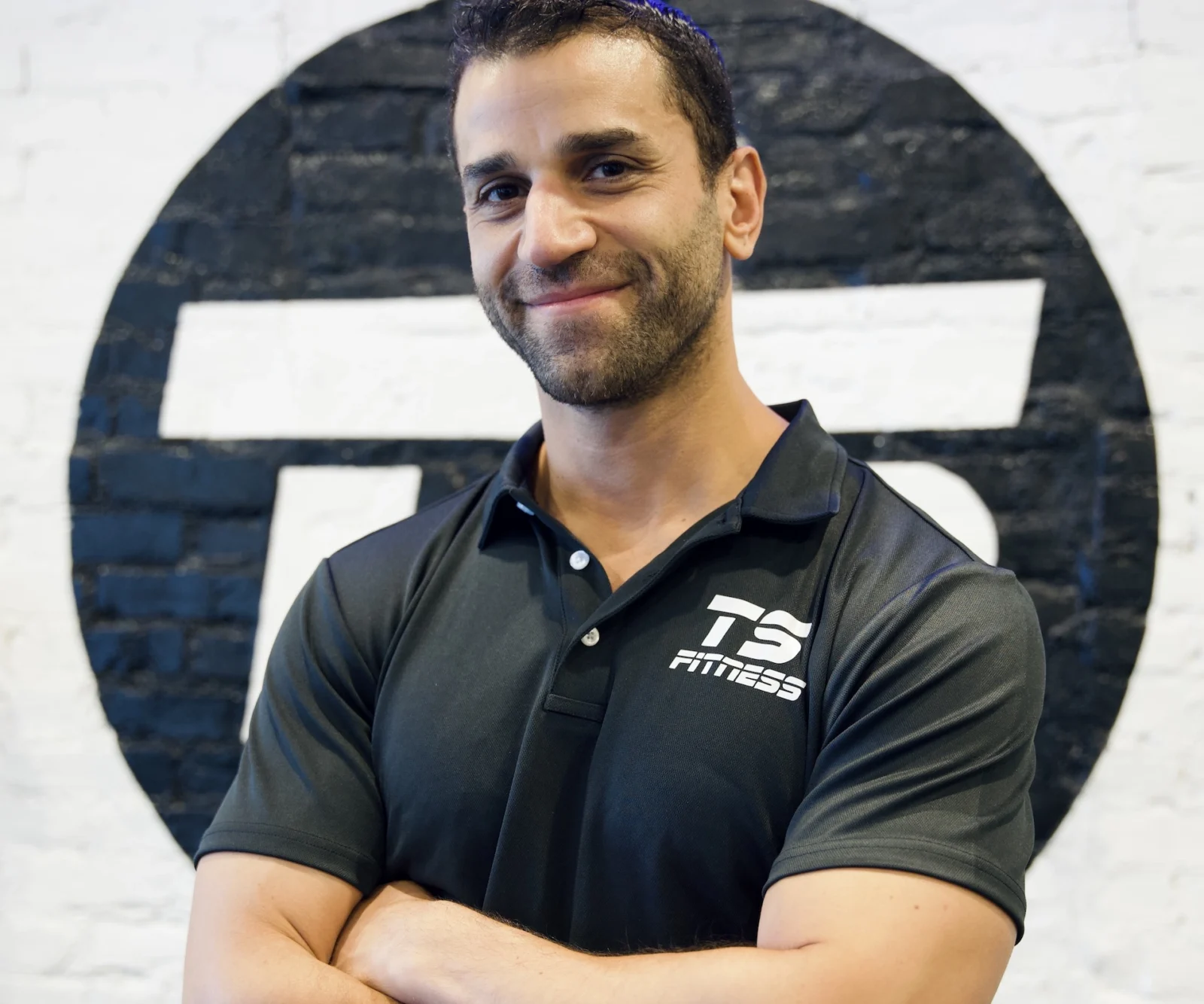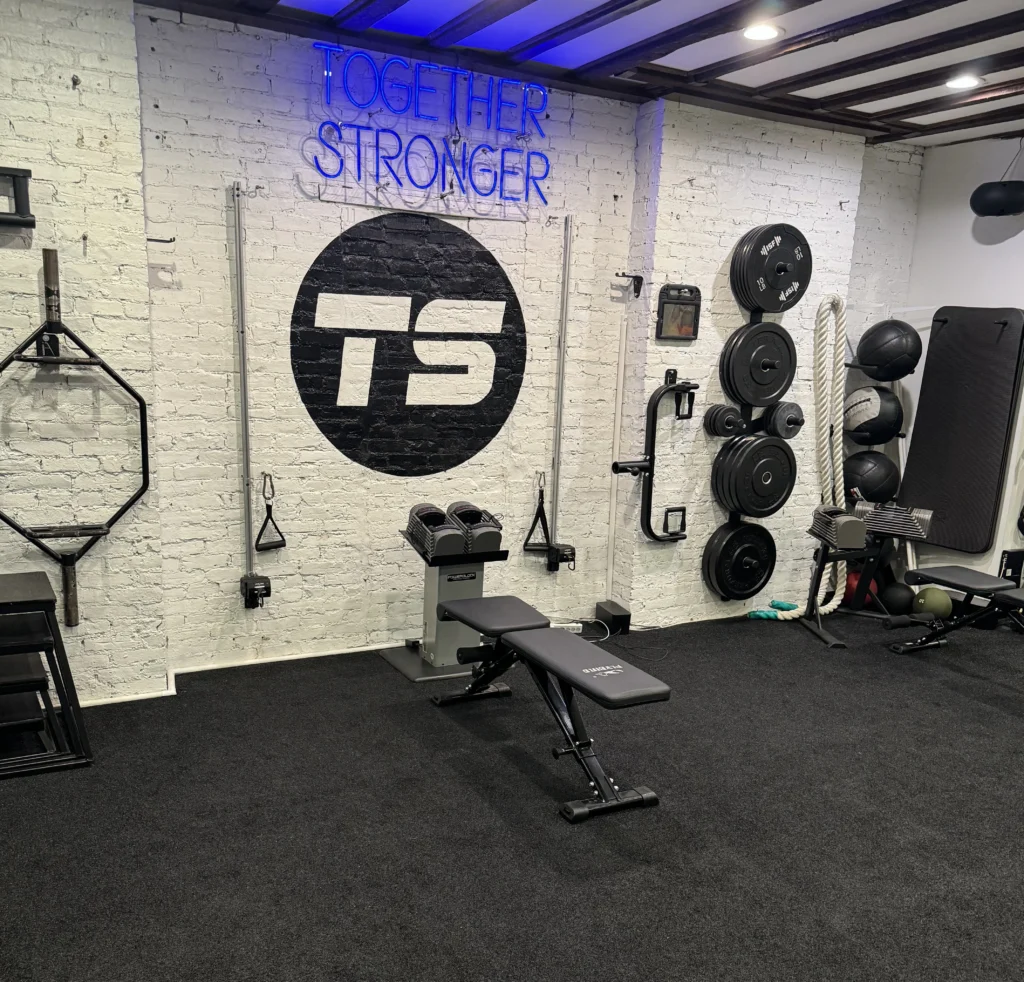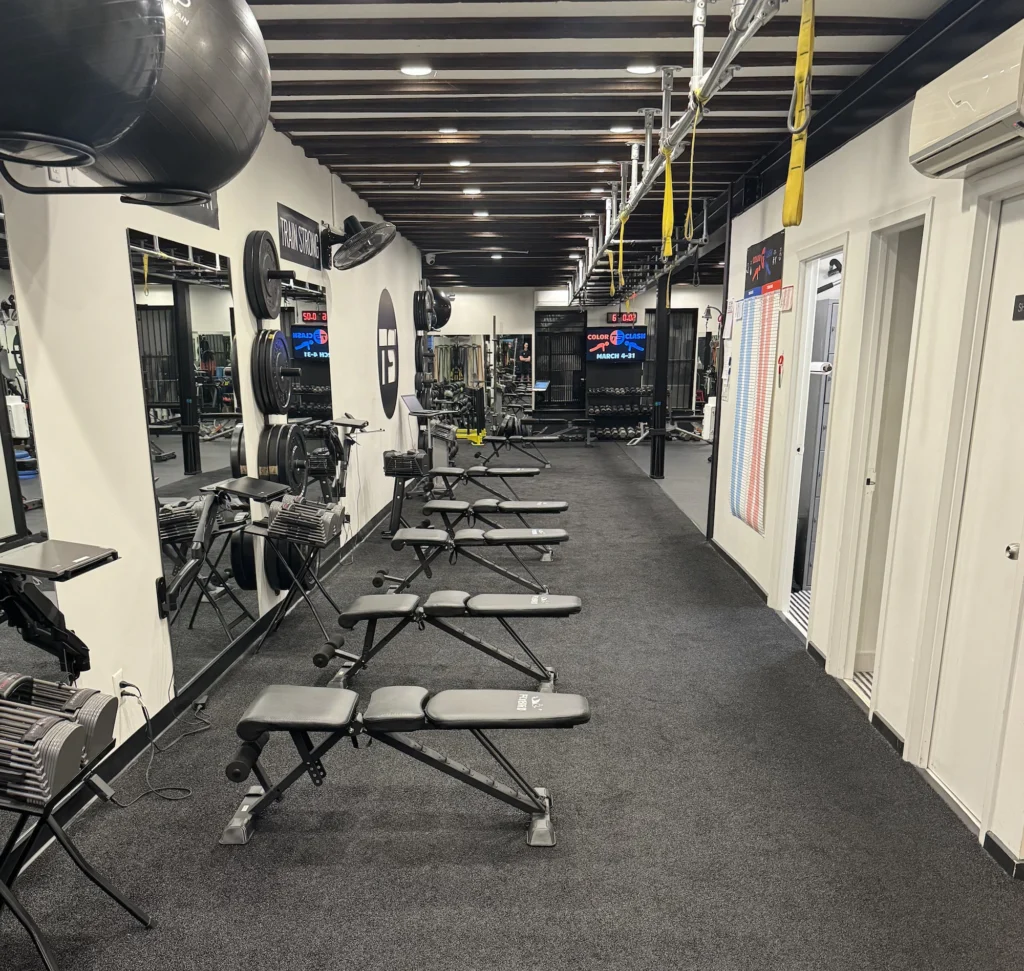CEO Corner: How Noam Tamir Built TS Fitness Into an NYC Boutique Fitness Staple

A former Crunch Fitness personal trainer, Tamir established TS Fitness in 2011, growing it into a top NYC studio with around 160 members
Building a thriving boutique fitness studio is a tough task. Nowhere is that truer than in New York City, where intense competition, high turnover and cost pressures drive many studios out of business in just a few years.
Noam Tamir, founder of TS Fitness in Manhattan’s Upper East Side, has cracked the code on how to find long-lasting success as a boutique fitness owner in the Big Apple.
A former Crunch Fitness personal trainer, Tamir established TS Fitness (an acronym for “together stronger”) back in 2011, growing it into a mainstay of Manhattan’s boutique fitness scene with around 160 members.
TS Fitness offers one-on-one personal training and group fitness classes, but the core of its business is “semi-private personal training,” small group sessions that combine the individualized attention of personal training with the community-building camaraderie of a typical large group fitness class.
Athletech News spoke with Tamir about his approach to building a fitness business that lasts, the advantages of semi-private training, and why TS Fitness has been able to resonate with clients for over a decade.
This conversation has been lightly edited for clarity and length.
Athletech News: Can you tell us about yourself and why you decided to create TS Fitness?
Noam Tamir: I was born into a family that valued community. We were very close and traveled a lot, staying in hotels and eating at different restaurants, so I grew to admire good service. I also grew up with a very athletic father who was an incredible soccer player. He got me into sports at an early age and didn’t let me quit. I eventually excelled at soccer and was a track runner, which is how I fell in love with weight training. I started weight training when I was about 14 years old in my friend’s basement. Not only did it help me with sports, but it helped me build confidence.
I thought I was going to go into the hotel business, but once I realized the hospitality business meant working weekends and holidays, I decided to explore fitness. While I was getting my master’s degree at NYU, I became a personal trainer to earn some money between classes. I started part-time at my local Crunch Fitness, working my way up to Personal Training Manager. I did that for about five years, but wanted to go out on my own
I started my own private training business, basically running around all four corners of Manhattan. One day, I thought, ‘There needs to be a smarter way to do this.’ So I decided to open up my own gym down the block from where I originally started my career at Crunch. I had no idea what I was doing (at first) and made tons of mistakes, but I learned from them. That was the start of TS Fitness in 2011. We outgrew our 1,000-square-foot space and in 2015, we expanded into a space that’s roughly about 2,000 square feet. We’ve been here ever since.

ATN: What has allowed TS Fitness to stay competitive in New York City, a notoriously crowded market for boutique fitness?
NT: Community, which is one of our core values. We currently have 160 members, so they’re seeing the same people. Any person who’s willing to share time in that type of intimate setting, which for us is six people or less (in a typical semi-private class) is going to start creating relationships.
A big part of that community is our team. Our coaches are experts in creating camaraderie. We do an icebreaker at the beginning of each class during warmups. We’re keen on bringing what I like to call “certified good people.” People can come in having all these certifications, but if I sense that you have an ego, or my fitness manager senses that you have an ego or that you’re not a team player, we don’t continue the interview process. We make sure our people are very humble and that they’re team-oriented, that they remember people’s names, shake hands and ask people how they’re doing.
ATN: How does TS Fitness drive community – and also business success – with its semi-private training model?
NT: I came from a one-on-one training background. I always loved community, and I thought to myself, ‘How can I impact more people?’ The answer was group fitness classes. But it’s so fast-paced that you become more like a cheerleader and not a coach.
Back in 2013, I discovered semi-private training. I trained a few people together, progressing them through a structured workout. It’s an incredible business model because when you train somebody one-on-one, your whole hour is taken up by that one person. If they need to move their session, if they get sick or they stop training with you, you’re losing a huge amount of revenue and the flexibility of your time.
With this model, as long as you stay above two or three people in a session, you’re going to do great. So I was able to charge less, have people train with me more and control my time while still giving members a custom experience. I feel like it’s a win-win-win. We went from offering five of these semi-private sessions to now offering over 70.

ATN: What does a typical TS Fitness workout look like?
NT: We have a very structured program that progresses. Progression of exercises is important in creating results. You can’t do the same thing or the body adapts, but if you’re constantly changing the exercises, the member doesn’t learn how to do the fundamental movements properly and they can’t progressively go up in weight. Progressive overload is how the body builds more muscle tone.
We start with foam rolling to release tension and allow the members to build rapport with other members. Then we go into mobility movements and a dynamic warm-up to get their nervous system, joints and muscles prepped for the workout ahead. We then get into strength training, which is divided into 3 blocks with two exercises each. Typically we do a lower body movement followed by an upper body movement. We then finish with a metabolic circuit that includes the core, cardio and sometimes some arms. Every month the program changes and the exercises get a little more challenging. This keeps the progress going and helps the members learn new skills.

ATN: What is the demographic profile of a typical TS Fitness member?
NT: About 70% of our members are female that range between 30-50 years old. They have a variety of fitness levels; the program is customizable and we start people at different levels if they’re more advanced. We love working with beginners because we can make such a great impact on them and teach them proper ways to lift.
ATN: Looking back on your journey over the last 13 years, what are the biggest challenges in running a successful boutique fitness studio?
NT: One of the biggest challenges is keeping a constant flow of leads coming in and retaining members. It’s challenging because New York City is such a transient place, people will leave after four or five years. Especially when they want a family and need more space, they’ll move to the suburbs.
You’re also in New York City, which is the most competitive city in the world because of the high concentration of gyms, although you have a huge concentration of people. You’re dealing with very high overhead, you need to pay your staff competitively and advertising is very expensive. You have to be doing Google ads, Facebook ads, referral programs and establishing joint ventures with local businesses. You also have to be running different challenges and offers, every month, if you want to be able to not just survive but thrive. There are a lot of companies out there that are just surviving. I’m completely bootstrapped and I’ve built this up into a seven-figure company. That’s taken time, but we’re doing some good numbers so we’re able to take care of our staff and create a good vision for the future.



